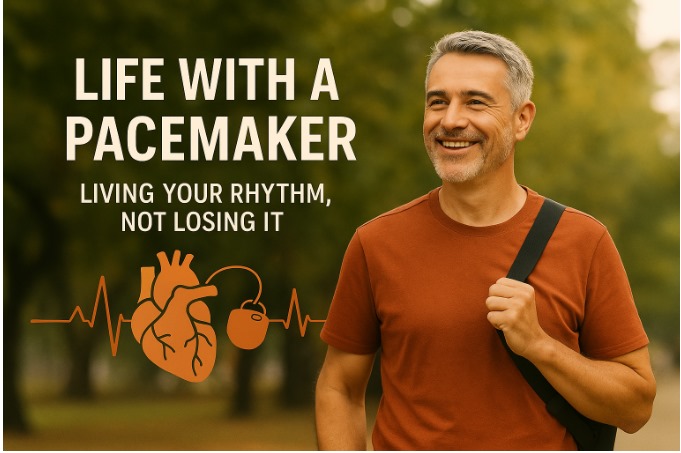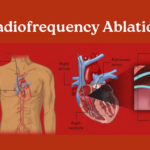Getting a pacemaker doesn’t mean slowing down your life — it means getting your rhythm back.
Pacemaker life ko slow nahi karta, balki rhythm wapas deta hai.
Understanding Your Pacemaker
A pacemaker is a small electronic device that helps control your heart rhythm.
It sends gentle electrical pulses to keep your heartbeat normal when it becomes too slow or irregular.
It’s placed under the skin near your collarbone and connected to your heart through tiny wires.
Modern pacemakers are advanced, reliable, and almost invisible under clothing.
Once it’s in place, you can walk, work, travel, and enjoy life just like before — sometimes, even better than before.
Everyday Life After a Pacemaker
After recovery, most people return to their usual routines within a few weeks.
You can do almost everything — work, exercise (as advised), and even travel.

- Avoid pressing or rubbing the pacemaker site.
- Stay away from strong magnets or large industrial equipment.
- Carry your pacemaker ID card when you travel or go through airport scanners.
- Regular follow-ups with your Electrophysiologist or cardiology team are important to check the device settings.
- Your doctor might adjust your pacemaker remotely or during visits — it’s a quick, painless process.
Exercise and Physical Activity
Light exercise and movement are encouraged — walking, yoga, and stretching help maintain heart health.
Avoid heavy lifting or contact sports for a few months, as it might impact the pacemaker site.
Once cleared by your Electrophysiologist, you can gradually return to your fitness routine.
Emotional Confidence
It’s natural to feel anxious initially, but remember — a pacemaker doesn’t limit your life, it protects it.
Thousands of people across the world live long, active, happy lives with one.
What changes most after getting a pacemaker isn’t your ability — it’s your peace of mind.
Knowing your heart is supported 24/7 brings a sense of relief and control.
When to Call Your Doctor
If you notice swelling near the device, dizziness, or a rapid change in heartbeats,
contact your cardiology specialist. Routine checkups ensure your pacemaker works smoothly for years.
Most devices last 8–10 years before needing a battery change — a simple, quick procedure.
The Heart of It All
A pacemaker doesn’t define you — it strengthens you. It gives you time, confidence, and the gift of steady rhythm.
With the right care, your heart can keep beating strong and steady for years to come.









